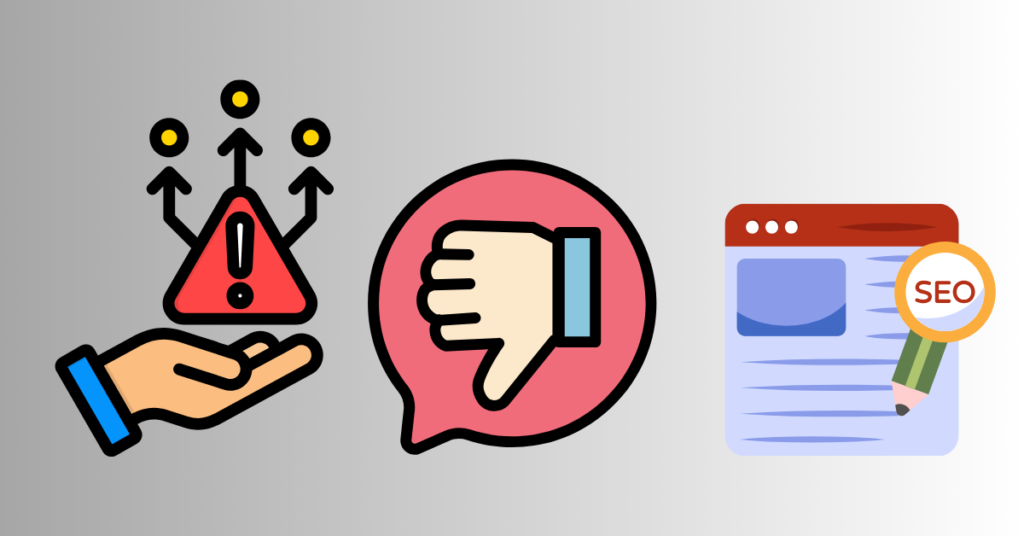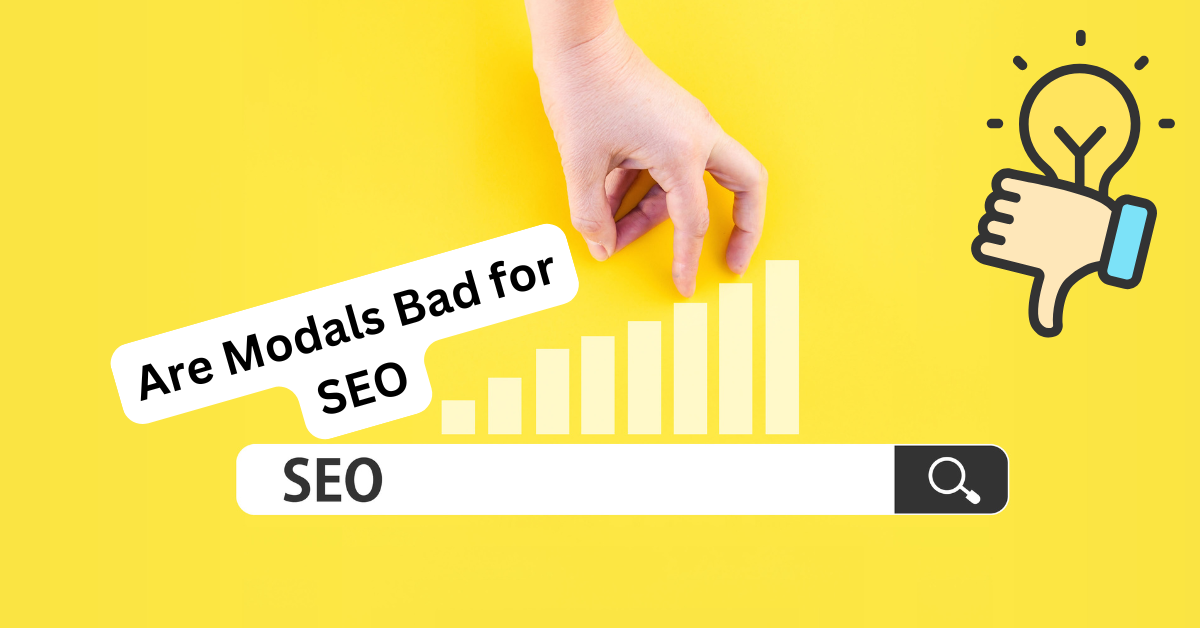Understanding the Impact of Modals on SEO
Have you ever visited a website to be greeted with the aid of an unexpected pop-up asking you to subscribe to a publication or clutch a reduction? If so, you’ve encountered a modal pop-up. These little windows may be beneficial, but they also include dangers, specifically with regard to search engine marketing.
Many website proprietors ask: “Are modals bad for SEO?” The answer is not a simple yes or no. It depends on how you implement them. Done right, they can be enticing and increase conversions. Done incorrectly, they are able to frustrate customers and hurt your search rankings.
In this article, we’ll damage it down in an easy way, so that you can use modals successfully without harming your SEO.

What Are Modals and Why Do Websites Use ThemAre Modals Bad Design?
A modal pop-up is a sort of interactive window that appears on an internet site, temporarily blocking off the primary content until the person engages with it.
Think of it like a store employee coming near you simply as you enter, announcing, “Hey! Here’s a 10% cut price if you join up for our emails!” Annoying? Maybe. But powerful? Definitely—if performed efficaciously.
Websites use modals for diverse reasons, which include:
- Collecting electronic mail addresses for electronic mail marketing
- Offering special promotions or reductions
- Displaying cookie consent notices (required via GDPR in a few regions)
- Providing age verification (for alcohol or playing websites)
- Confirming essential user movements
But while they can be useful, in addition, they come with search engine optimization risks.
How do modals affect SEO? What is bad for SEO?
1. Google’s Stance on Modals
In 2017, Google introduced a penalty for intrusive interstitials (a flowery manner of saying annoying pop-ups). This manner in case your pop-ups:
- Cover the principal content material right away after customers land on a web page
- Are hard to shut
- Block vital facts
…then Google might lower your ratings in search effects.
However, now not all United States are bad. Google permits essential modals, inclusive of cookie consent notices and age verification pop-ups, so long as they’re consumer-friendly.
2. Impact on User Experience (UX)
A bad pop-up enjoy can force traffic away. Imagine this scenario:
You’re reading a thrilling weblog, and unexpectedly, a massive pop-up blocks your display. You can’t discover the close button. Frustrated, you leave the site and never go back.
That’s terrible for search engine optimization due to the fact Google considers bounce rate (how quickly humans leave your website online) as a ranking component. If too many people jump, your scores can also drop.
3. Effect on Page Speed
Pop-u.S.Require greater code, pictures, and scripts, that may sluggish down your internet site. Page pace is a crucial thing for SEO, specifically on mobile gadgets.
If your website online hundreds too slowly because of modals, Google may rank it decrease in seek consequences.

SEO-Friendly Ways to Use Modals Do Popups Hurt SEO?
So, need to you avoid modals altogether? Not necessarily! Here are nice practices to apply without hurting your search engine optimization.
1. Time Your Pop-Ups Wisely
Instead of showing a pop-up as soon as a vacationer lands on your website, strive:
✅ Exit-rational pop-ups – These handiest appear whilst a consumer is ready to go away. ✅ Scroll-brought on pop-ups – Show them most effective after the traveler scrolls down 50% of the page. ✅ Time-not-on-time pop-ups – Wait at least 30 seconds before showing them.
2. Use Non-Intrusive Pop-Ups
Google penalizes annoying pop-ups, but smaller ones that don’t cover the complete display are okay.
✅ Use banner pop-ups on the pinnacle or bottom of the page. ✅ Use slide-in pop-ups from the nook in place of blocking content material. ✅ Make sure there’s an easy-to-find near button.
three. Optimize for Mobile
Most SEO penalties follow cell pop-ups, so make certain your models are cellular-friendly:
✅ Keep them small (covering less than 30% of the display). ✅ Avoid the United States of America which requires immoderate scrolling. ✅ Test on special cell devices to ensure certain usability.
four. Improve Page Load Speed
To preserve your web page speedy, optimize your modal code:
✅ Load pop-ups asynchronously (so that they don’t delay page content). ✅ Compress snapshots utilized in pop-ups. ✅ Avoid pointless JavaScript that slows down performance.
5. Monitor Performance and SEO Impact
Use Google Analytics to track whether modals are affecting your website’s overall performance.
Are Modals Bad for Accessibility?
Another aspect to recollect is internet accessibility. If a modal pop-up isn’t designed well, it could be a nightmare for users with disabilities.
- Ensure keyboard accessibility so users can navigate the United States of America without a mouse.
- Use ARIA labels to describe models for screen readers.
- Avoid automobile-gambling content material within pop-ups.
A handy modal improves personal experience and allows your search engine marketing rankings, as Google prioritizes website accessibility.
Final Thoughts: Are Modals Bad for SEO?
Modals aren’t inherently horrific for SEO—it all relies upon how you operate them. If you observe Google’s guidelines, prioritize consumer experience, and reveal your overall performance, you can use modals successfully without harming your search scores.
✅ DO use modals sparingly and time them nicely. ✅ DO maintain them cellular-friendly and easy to shut. ✅ DO NOT use complete-screen, intrusive pop-ups on cellular. ✅ DO NOT let modals slow down your site.
By enforcing these techniques, you can revel in the blessings of modals—like increased conversions—even as keeping search engine optimization-friendly rankings.
To see real-world examples of how SEO in Miles City can boost traffic and sales, check out our SEO Results Slide Deck for proven success stories and data-driven insights.


